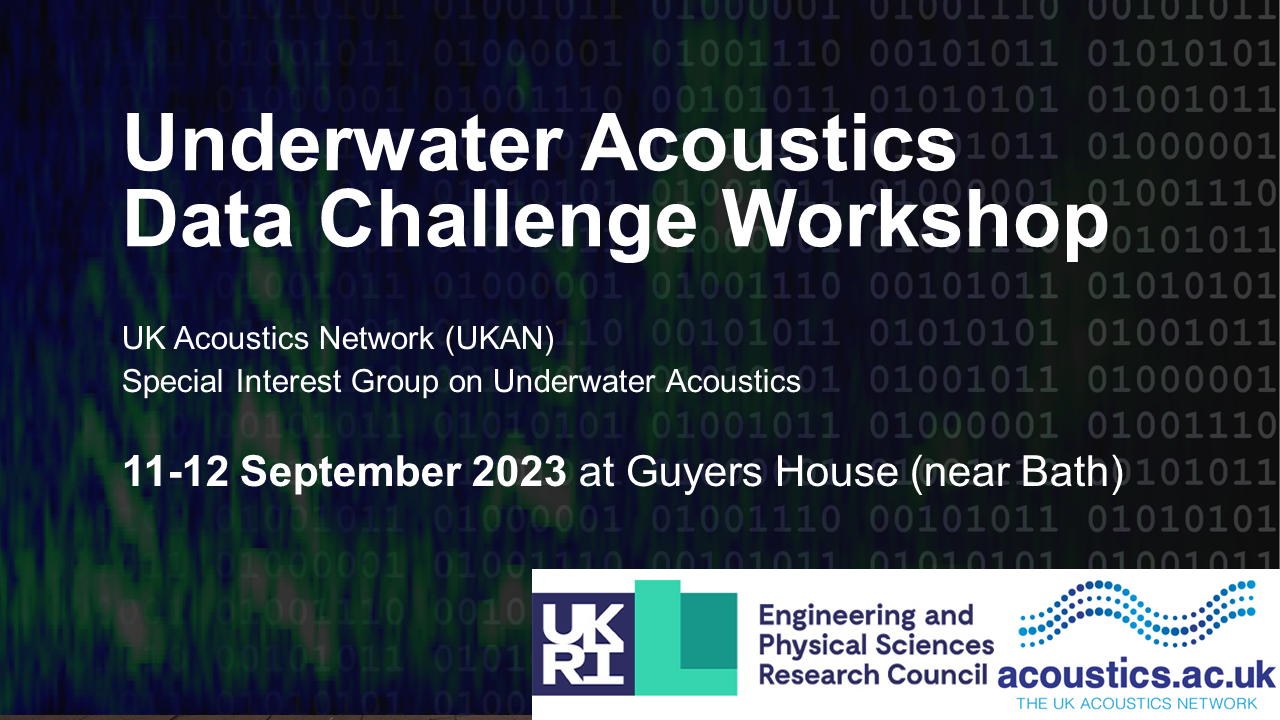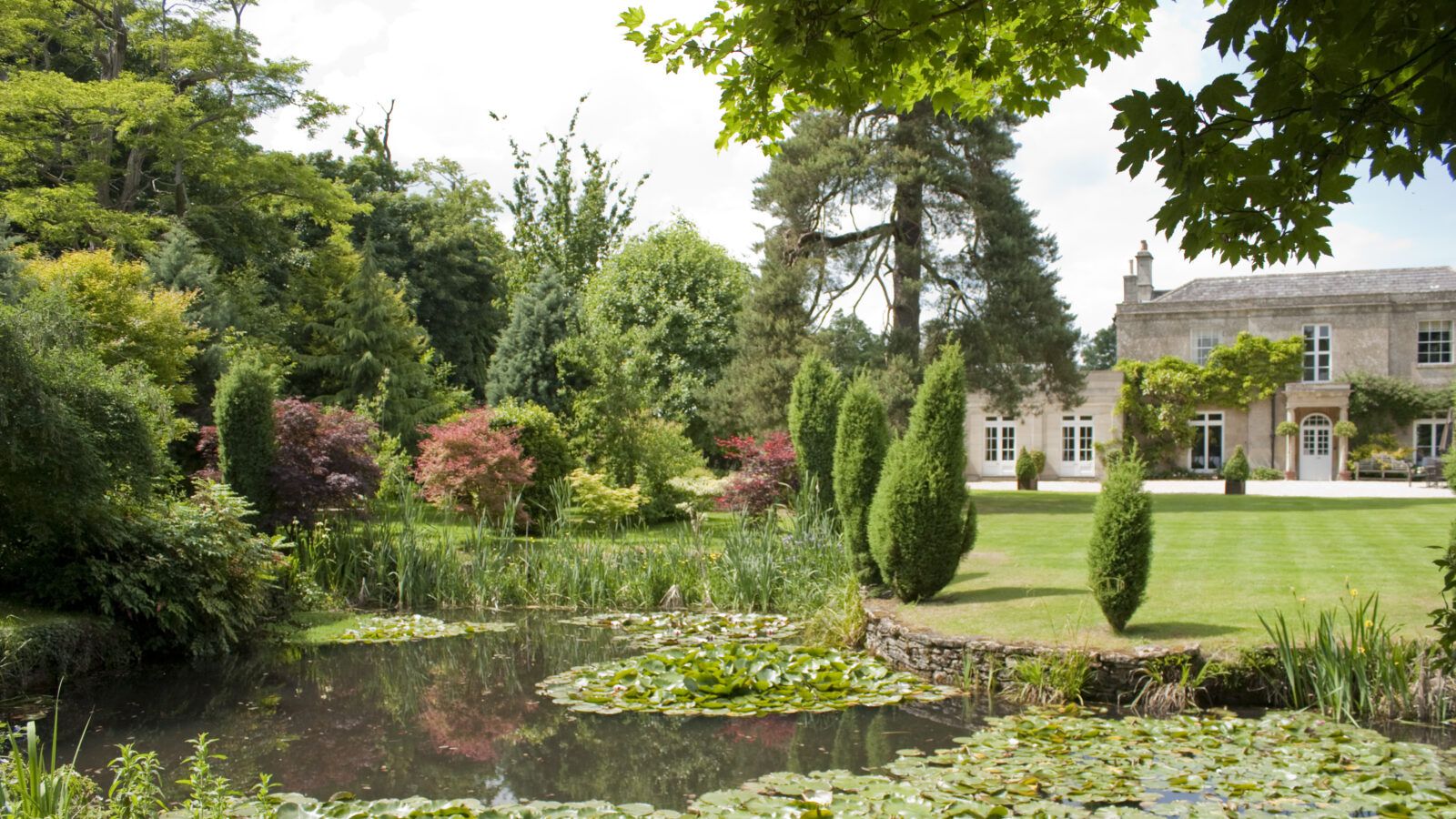

The Special Interest Group for Underwater Acoustics (SIGUA) is holding a 2-day residential event at Guyers House, near Bath on 11-12 September 2023 to explore solutions to research challenges set by industry. This will be the second Data Challenges Workshop for Underwater Acoustics following a successful workshop in Sheffield in 2022.
This is an opportunity to be exposed to some of the current and future challenges in underwater acoustics and to work together with other researchers, to explore and develop new/innovative solutions. This will be a ‘hackathon’ style event, with small teams working on one of the challenges together for most of the two days, while representatives from industry move between the groups to provide application context and to answer questions.
Overnight stays will include breakfast, lunch and dinner. Day attendees will be provided with lunch. A minibus transfer to/from Bath Spa train station will also be provided.
Challenge #1 – Thales: Marine acoustic sensing using repurposed fibreoptic cables

Distributed fibre-optic sensing technology uses off-the-shelf fibreoptic cables, like the ones we use for our internet and telecoms, and repurposes them to be vast arrays of hydrophones (underwater microphones) measuring vibrations every couple of meters over 10’s of kilometres. We have access to the Ocean Observatories Initiative RAPID dataset where two seafloor cables located offshore Oregon recorded data over a 4-day period in 2021. Over that time period we can observe wave and tidal effects, marine mammals (blue & fin whales), and shipping traffic. You will be provided with access to these seafloor cable data and challenged to develop algorithms that can extract information about these observed phenomena.
Click here for further challenge details
Challenge #2 – Ultra: Passive acoustic underwater detection and tracking

Human sonar operators typically outperform traditional passive contact follower algorithms when analysing broadband waterfall displays. One reason for this is that the current approaches, which incorporate Kalman and Alpha-Beta filters, are susceptible to the noise that is in abundance in underwater environments. Furthermore, they struggle to accurately track crossing contacts and detect quiet contacts in the presence of much louder ones. Since the quieter contacts are of most interest, this is a crucial capability of a tracking system. To reduce the cognitive burden on the operators, Ultra would like you to develop a detection and tracking algorithm that is more accurate and robust than the traditional methods, whilst not increasing the false alarm rate.
Click here for further challenge details
Challenge #3 – ORE Catapult: Sonobuoy network for marine mammal tracking

Marine mammal tracking reports for offshore energy project consenting have been of increased interest by local governments. These could become key for reducing site consenting times for the development of offshore wind, tidal and wave technologies. The ORE Catapult is interested in exploring the use of underwater acoustic sensing networks for marine mammal tracking using a dataset recorded over two days on a network of 32 buoys off the East coast of Canada. This area is a known habitat for North Atlantic Right Whales. The main goals of this challenge consist of developing methods for detecting, characterising, localising, and tracking the marine mammal calls.
Click here for further challenge details
Posted on 9th February 2023 in Events, Underwater Acoustics

